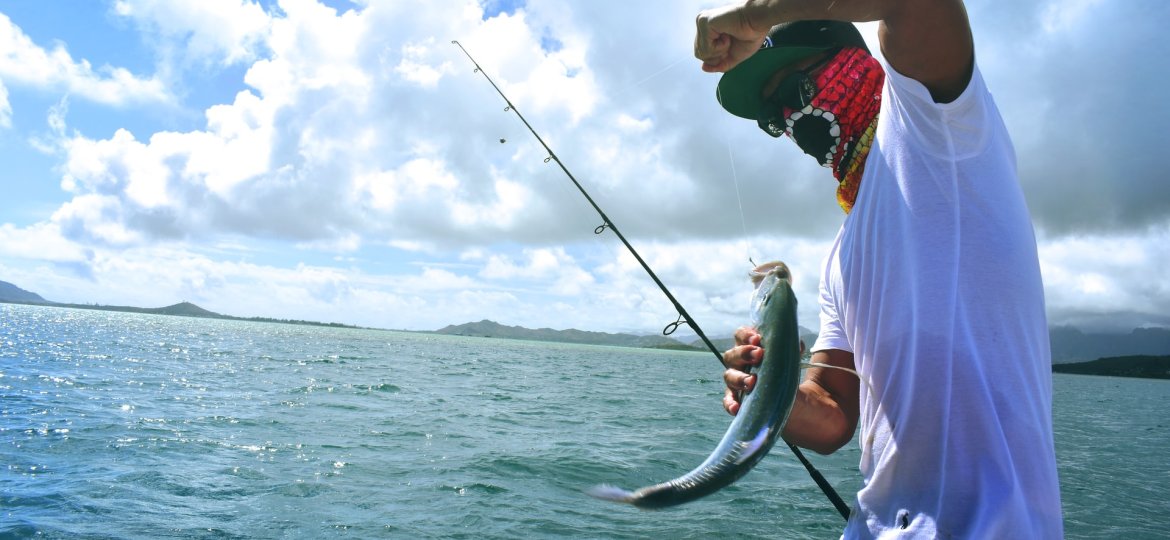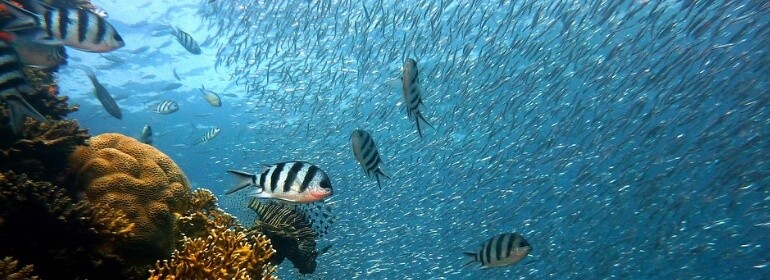Fishing
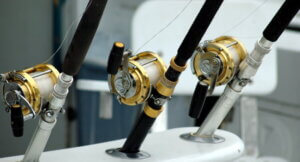
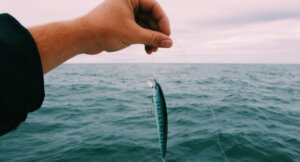
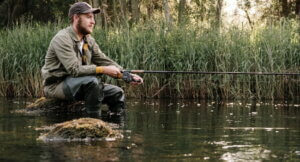
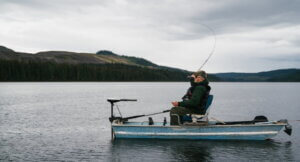
Fishing is a popular recreational and competitive sport that has been enjoyed for centuries by people of all ages and backgrounds. It involves catching fish in a body of water using a variety of methods, including angling, trolling, and casting. The goal of fishing is to catch fish for sport, food, or both.
Fishing is a popular recreational and competitive sport that has been enjoyed for centuries by people of all ages and backgrounds. It involves catching fish in a body of water using a variety of methods, including angling, trolling, and casting. The goal of fishing is to catch fish for sport, food, or both.
Fishing is a popular recreational and competitive sport that has been enjoyed for centuries by people of all ages and backgrounds. It involves catching fish in a body of water using a variety of methods, including angling, trolling, and casting. The goal of fishing is to catch fish for sport, food, or both.
Fishing is a popular recreational and competitive sport that has been enjoyed for centuries by people of all ages and backgrounds. It involves catching fish in a body of water using a variety of methods, including angling, trolling, and casting. The goal of fishing is to catch fish for sport, food, or both.
Fishing is a popular recreational and competitive sport that has been enjoyed for centuries by people of all ages and backgrounds. It involves catching fish in a body of water using a variety of methods, including angling, trolling, and casting. The goal of fishing is to catch fish for sport, food, or both.
Fishing is a popular recreational and competitive sport that has been enjoyed for centuries by people of all ages and backgrounds. It involves catching fish in a body of water using a variety of methods, including angling, trolling, and casting. The goal of fishing is to catch fish for sport, food, or both.
Fishing is a popular recreational and competitive sport that has been enjoyed for centuries by people of all ages and backgrounds. It involves catching fish in a body of water using a variety of methods, including angling, trolling, and casting. The goal of fishing is to catch fish for sport, food, or both.
Fishing is a popular recreational and competitive sport that has been enjoyed for centuries by people of all ages and backgrounds. It involves catching fish in a body of water using a variety of methods, including angling, trolling, and casting. The goal of fishing is to catch fish for sport, food, or both.
Fishing is a popular recreational and competitive sport that has been enjoyed for centuries by people of all ages and backgrounds. It involves catching fish in a body of water using a variety of methods, including angling, trolling, and casting. The goal of fishing is to catch fish for sport, food, or both.
Fishing is a popular recreational and competitive sport that has been enjoyed for centuries by people of all ages and backgrounds. It involves catching fish in a body of water using a variety of methods, including angling, trolling, and casting. The goal of fishing is to catch fish for sport, food, or both.
Fishing is a popular recreational and competitive sport that has been enjoyed for centuries by people of all ages and backgrounds. It involves catching fish in a body of water using a variety of methods, including angling, trolling, and casting. The goal of fishing is to catch fish for sport, food, or both.
Fishing is a versatile sport that can be enjoyed in many different forms. Some people enjoy freshwater fishing in rivers, lakes, and streams, while others prefer saltwater fishing in the ocean. Some anglers prefer to fish from a boat, while others enjoy the challenge of fishing from the shore. There are also many different types of fishing gear, including rods, reels, lines, hooks, and lures, each designed for a specific type of fishing.
One of the biggest attractions of fishing is the sense of peacefulness and calm it can provide. Many people find fishing to be a great way to get away from the hustle and bustle of everyday life and spend time in nature. Fishing can also be a great way to bond with friends and family, as well as a source of healthy competition.
Fishing also has many health benefits, including improved cardiovascular health, stress relief, and increased flexibility and dexterity. Fishing is also a great way to get outside and get exercise, and can help improve mental well-being by reducing anxiety and depression.
However, fishing is not without its challenges and restrictions. Some bodies of water may be closed to fishing due to environmental concerns or government regulations. It is also important to practice catch-and-release fishing in order to maintain a healthy fish population and conserve the environment.
Fishing is also a major contributor to the global economy, with the fishing and seafood industry providing employment for millions of people around the world. In addition to fishing for sport, fishing is also an important source of food for many communities, particularly those in coastal areas.
In terms of popularity, fishing is one of the most popular outdoor recreational activities in the world. According to recent surveys, more than 46 million people in the United States alone participate in fishing each year. Fishing is popular in many countries, including the United States, Canada, Australia, and countries in Europe, as well as many countries in Asia and South America.
Fishing tournaments and competitions are also becoming increasingly popular, with many organizations hosting events that bring together anglers from all over the world to compete for prizes and bragging rights. These tournaments can range in size from small local events to major international competitions, and provide a fun and exciting way for anglers to showcase their skills and connect with others who share their passion for fishing.
In terms of training, there are many resources available for people who are interested in learning how to fish. This can include instructional books, videos, and classes, as well as hands-on experience with experienced anglers. It is also important for anglers to educate themselves about local fishing regulations and best practices for conserving fish populations and protecting the environment.
The best time to go fishing depends on a variety of factors, including the type of fishing you are doing, the species of fish you are targeting, and the weather conditions. Some types of fishing, such as fly fishing, are best done in the early morning or late evening, while other types of fishing, such as deep-sea fishing, are best done during the day.
In terms of restrictions, fishing regulations vary depending on the location and type of fishing. Some bodies of water may have restrictions on the type of fishing gear that can be used, the size of the catch, or the number of fish that can be caught. It is important for anglers to familiarize themselves with the regulations in their area and to follow them in order to protect fish populations and the environment.
Fishing is one of the most popular outdoor recreational activities in the world. According to recent surveys, more than 46 million people in the United States alone participate in fishing each year. Fishing is popular in many countries, including the United States, Canada, Australia, and countries in Europe, as well as many countries in Asia and South America. The popularity of fishing can be attributed to a number of factors, including its accessibility, versatility, and the ability to connect with nature and enjoy time outdoors.
Fishing is a versatile sport that can be enjoyed by people of all ages, genders, and skill levels. It can be done in a variety of settings, including freshwater lakes and rivers, saltwater oceans and bays, and even urban waterways. This accessibility makes it a popular choice for those who enjoy spending time outdoors and experiencing nature.
In addition to being a leisure activity, fishing is also a source of food for many people around the world. It has been practiced for thousands of years and has played an important role in many cultures and societies. It also provides the opportunity for people to connect with nature and to develop a deeper appreciation for the environment.
The popularity of fishing can also be attributed to the gear and equipment that is available today. Modern fishing gear is designed to be durable, efficient, and user-friendly, making it easier and more enjoyable for people to participate in the sport. Additionally, advances in technology and techniques have allowed for a more successful and efficient fishing experience.
However, fishing is not without its challenges. Overfishing and the destruction of habitats can have negative effects on the ecosystem and the fish populations. It is important for those who participate in fishing to do so in a responsible and sustainable manner, to ensure that the sport remains popular for generations to come.
Fishing tools
Fishing requires a variety of tools and equipment, including:
Rods: A fishing rod is the backbone of any fishing setup. There are many different types of rods available, each designed for a specific type of fishing, such as freshwater fishing, saltwater fishing, fly fishing, and others.
Reels: A fishing reel is used to store and retrieve fishing line. There are many different types of reels, including spinning reels, baitcasting reels, and others.
Fishing Line: Fishing line is the connection between the angler and the fish. There are different types of fishing line available, including monofilament, fluorocarbon, and braided line.
Hooks: Hooks are used to catch fish. There are many different types of hooks, each designed for a specific type of fishing, such as live bait fishing, lure fishing, and others.
Baits: Bait is used to attract fish and to entice them to bite. There are many different types of baits, including live bait, artificial bait, and others.
Lures: Lures are designed to mimic the movement and appearance of live bait. They are used to entice fish to bite.
Tackle Box: A tackle box is used to store and organize fishing gear and equipment.
Other tools: There are many other tools and accessories that are used in fishing, including fishing nets, pliers, scales, and others.
Fishing Gear
Fishing gear refers to the equipment used in fishing, including rods, reels, lines, hooks, lures, baits, nets, gaffs, traps, and more. The type of fishing gear used depends on the type of fishing being done and the species of fish being sought. Some fishing gear is also specialized for different fishing techniques such as fly fishing, spinning, baitcasting, trolling, etc.
Fishing gear can be broadly categorized into several categories:
Rods: A fishing rod is a long, flexible rod used to catch fish. They come in various lengths, materials, and actions to suit different fishing techniques and species.
Reels: A fishing reel is a device attached to the rod that stores, retrieves and pays out line. They come in different types such as spinning reels, baitcasting reels, fly reels, etc.
Lines: Fishing lines are the strands of material used to catch fish. They come in various strengths, colors, and materials to suit different fishing situations.
Hooks: Fishing hooks are the sharpened points used to hook fish. They come in different shapes, sizes, and materials to suit different fishing techniques and species.
Lures: Fishing lures are artificial baits designed to imitate the movements and appearance of live bait to attract fish. They come in a wide variety of shapes, colors, and sizes.
Baits: Fishing baits are substances used to attract and catch fish. They can be live or artificial, and include worms, minnows, crickets, etc.
Nets: Fishing nets are large mesh bags used to capture fish. They come in different sizes and shapes, and can be either cast or stationary.
Gaffs: A fishing gaff is a hook attached to a long pole used to secure large fish.
Traps: Fishing traps are devices used to capture fish, usually through entrapment. They come in different designs, including crab pots, eel pots, etc.
This list is not exhaustive, but covers some of the most common types of fishing gear.
Fishing Time
The suitable time to go fishing depends on several factors, including the species of fish being sought, the fishing location, and the fishing technique being used. Some common factors that can influence the best time to go fishing include:
Seasonal patterns: Some fish species are more active during certain times of the year, and this can affect the best time to go fishing.
Tide and weather: Tide and weather conditions can also influence the best time to go fishing. For example, certain fish species are more active during incoming tides, while others are more active during sunny weather.
Time of day: Different fish species may be more active at different times of day. For example, some fish species may be more active during the early morning, while others may be more active in the late afternoon.
It is important to do research on the specific fishing location and species you are targeting to determine the best time to go fishing. This can involve reading fishing reports, consulting with local fishing guides, and observing the local fishing conditions.
In addition to the factors mentioned above, here are some other factors that can impact the best time to go fishing:
Water temperature: The water temperature can affect the activity level of fish. Some species are more active in warmer water, while others are more active in cooler water.
Moon phase: The moon phase can have an impact on the behavior of fish, as some species are more active during certain phases of the moon.
Feeding patterns: Different fish species have different feeding patterns, and this can influence the best time to go fishing. For example, some species may be more active during dawn and dusk, when they are feeding.
Water clarity: The clarity of the water can affect the visibility of fish and the effectiveness of fishing gear. Some species are more active in clearer water, while others are more active in murky water.
Pressure systems: Changes in atmospheric pressure can influence the behavior of fish. For example, some species may be more active during low pressure systems, while others may be more active during high pressure systems.
Fishing regulations: Fishing regulations, such as catch limits, size limits, and seasonal closures, can also impact the best time to go fishing. It is important to familiarize yourself with the regulations for the specific fishing location you are targeting.
All of these factors can impact the best time to go fishing, so it is important to take them into account when planning your fishing trip.
There are several restrictions and regulations associated with fishing, designed to protect fish populations, their habitats, and the environment. Some of the most common restrictions include:
Licensing requirements: In many areas, fishing requires a license or permit, which can be obtained from local fishing authorities.
Seasonal restrictions: Some fishing locations may have seasonal restrictions, with certain species of fish only being open to catch during certain times of the year.
Catch limits: There may be limits on the number of fish that can be caught per day or per season. These limits are designed to ensure the sustainability of fish populations.
Size limits: There may be restrictions on the size of fish that can be caught and kept, designed to protect young and immature fish.
Method restrictions: Certain fishing methods, such as the use of live bait or certain types of fishing gear, may be restricted in certain locations.
Protected areas: Some areas may be designated as protected habitats, and fishing may be restricted or prohibited in these areas to protect the environment and wildlife.
It is important to familiarize yourself with the fishing regulations in the specific location you are fishing in, and to follow all restrictions and guidelines to ensure the sustainability of fish populations and their habitats. Failure to follow fishing regulations can result in fines and penalties.
- Long awaited Playstation 5
- A revolutionary piece of technology
- It has changed the Gaming world
- It comes with Ultra high speed SSD
- Long awaited Playstation 5
- It comes with Ultra high speed SSD
- Velit esse cillum dolore eu fugiat nulla pariatur
- A revolutionary piece of technology
- A revolutionary piece of technology
- A revolutionary piece of technology
- It comes with Ultra high speed SSD
- Ullamco laboris nisi ut aliquip ex ea commodo
- Duis aute irure dolor in reprehenderit in voluptate
- It comes with Ultra high speed SSD
Trademark Disclaimer:
All trademarks, logos, and brand names are the property of their respective owners. All company, product, and service names used in this website are for identification purposes only. Use of these names trademarks, and brands do not imply endorsement.


